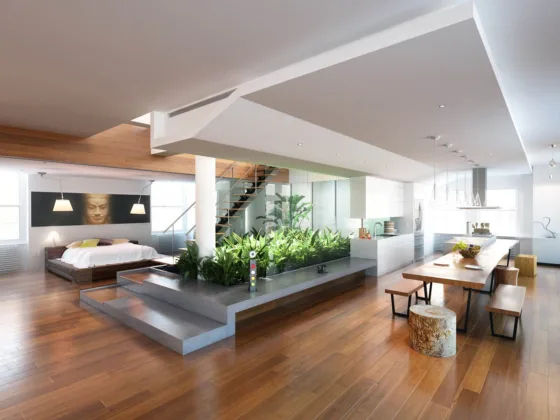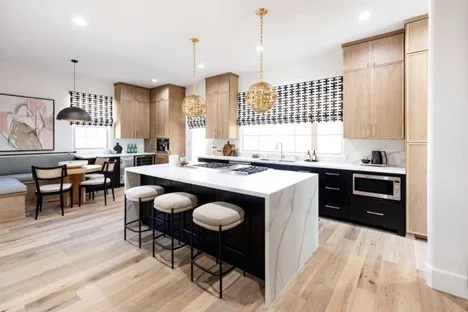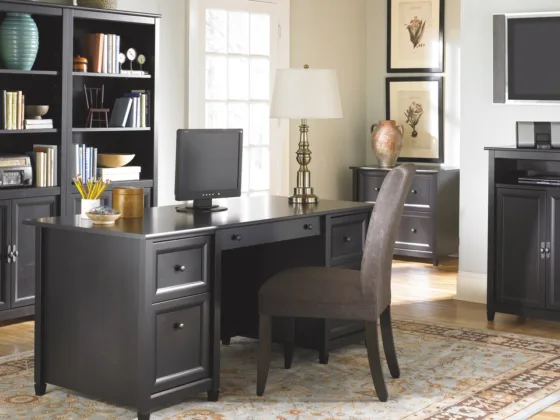Table of Contents Show
More and more architects are looking towards science for proof that the way a building or space is laid out can actually impact our wellbeing and general mental health.
Scientists have found that our perceptions and thoughts change based on our surroundings in a science called neuroarchitecture.
Let’s take a look at some of the ways you can benefit from neuroarchitecture.

Create a Calm Surrounding
Our life is filled with activities and situations that overwhelm and overstimulate us. These situations have a significant effect on our well-being.
Your home can also add to that feeling if you’re not careful! To avoid overstimulation in your home, create a space free without visual distractions and one that focuses on nature and minimalism.
Place plants in your home, flower arrangements, and simple furniture that encourages studying and reflection.
Use Sheer Curtains
In the morning, it can be challenging to wake up, but light can actually aid in your body’s natural rhythm to wake up at dawn.
While you may not want to leave your curtains open to expose your room to the world, a sheer curtain can let light in while obstructing your surroundings.
If you have a room that offers morning light, move to that space so you can feel sunlight on your face as you wake up.
Minimize Light to Relax
Waking up fresh with the morning sun is a definite positive, but sometimes light can be a distraction.
Living in the city will mean that light will continuously flow through your window at all hours, but what can be even more detrimental to your health is blue light.
One of the reasons why you shouldn’t look at your phone at night is because it disrupts sleep due to its blue light. Keep screens out of the bedroom for an all-around better rest.
Read Also:
Open Spaces = Open Minds
Minimalism has become quite the fad over the past 10 years because of its simplicity. Not only does minimalism save you money, but it also makes us feel less claustrophobic and freer.
Being in a cluttered space may also make you feel dirty or unorganized, which won’t help your mental health. Design your rooms to feel spacious and functional simultaneously, so the space feels cozy, engaging, and beautiful. Using framed textile art is the perfect way to bring texture and interesting ambiance into your home without adding to clutter or visual noise.
Remove the Noise
Whether you live in the city or the wilderness, we have to deal with many noisy distractions throughout the day. If you work from home, you may already have a quiet space to work, but even out-of-house professionals need a quiet space.
One of the ways to do this is by installing noise-blocking windows and doors. Soft materials like cushions and cotton stools or artwork will absorb sound, which will help you concentrate better.
Be One with Nature
We already discussed how nature can lead to a calm interior design space, but the ability to connect with living things is one of the most important things that encourage our well-being.
Adding a sunroof to your backyard with plants, a space heater, and a few chairs will let you connect with nature without leaving the house.
You can add a small fountain or water feature into your indoor space that simulates a nature walk in the city.










